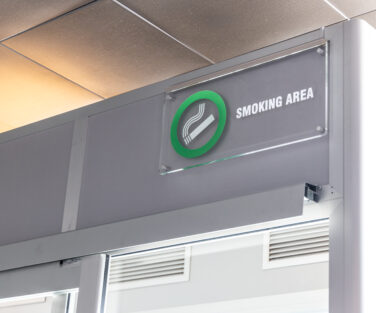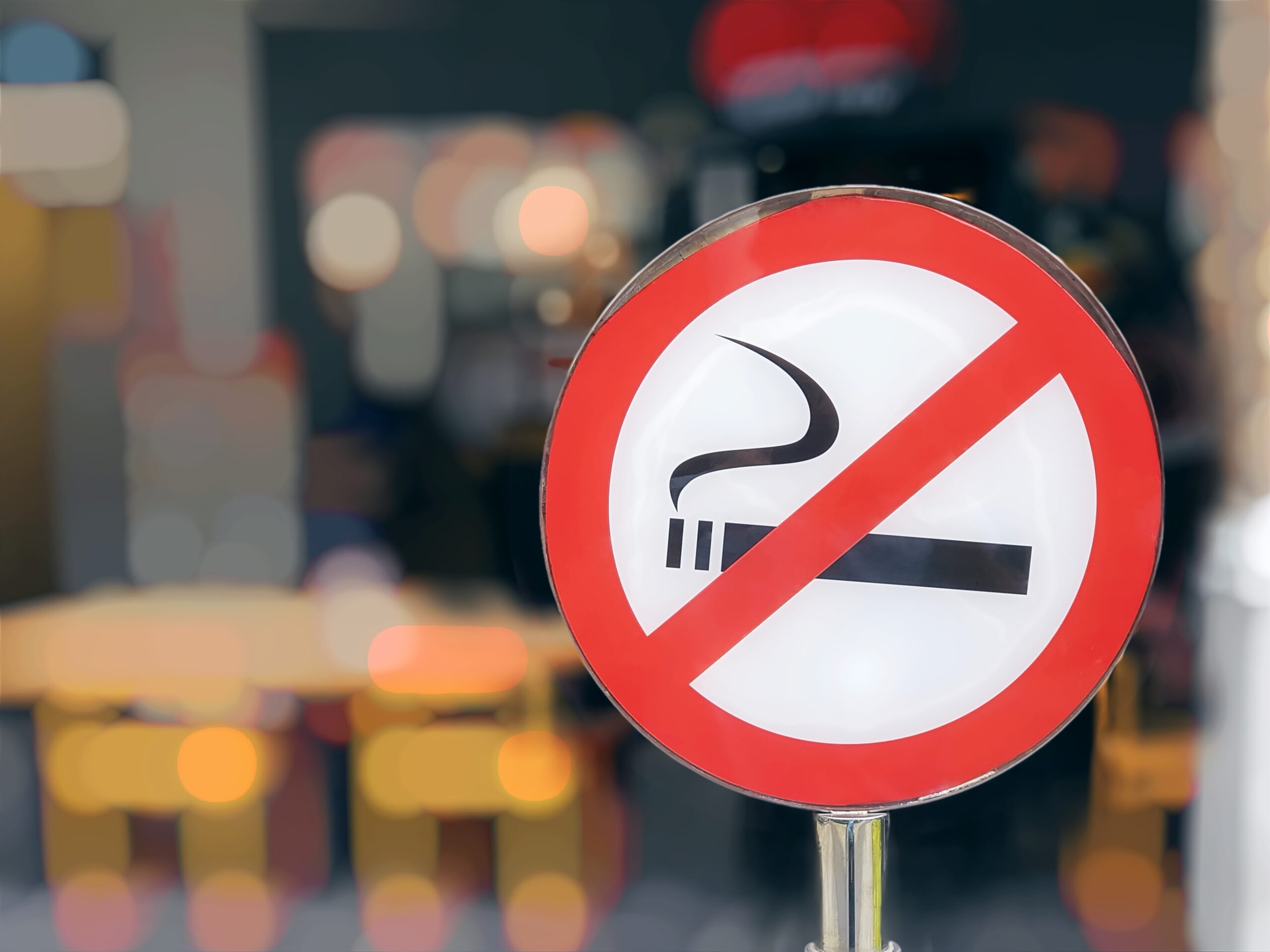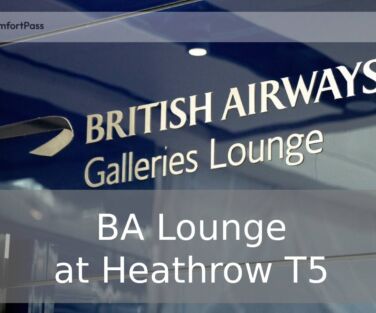
Evolution of Airport Smoking Policies
Over the years, airport smoking policies have evolved significantly, moving towards smoke-free spaces. Initially, smoking areas were common in terminals, but as people learned more about the dangers of secondhand smoke, airports started limiting where people could smoke.
Today, most airports around the world have stricter no-smoking regulations, with a few exceptions for outdoor spaces or special indoor smoking lounges.
While many countries, especially in Europe and North America, have mostly banned smoking inside airports, some places, like in Asia and the Middle East, still have designated smoking areas.
Pros of Smoking Areas in Airports
Before the implementation of smoking areas, some smokers pushed the bars on emergency exit doors or went to family restrooms to light up where smoking is off limits. Smoking lounges decrease rule-breaking attempts and keep secondhand smoke in designated areas.
There is also a problem with travelers who go outside to smoke but don’t respect non-smokers’ rights. They throw their butts down without using special ash cans and benches. Designated smoking areas, in this respect, expose fewer people to second-hand smoke.
Moreover, forcing nicotine-dependent travelers to exit the secure area of the airport every time they need a smoke during a layover or before a flight clogs may make them more stressed.
Cons of Smoking Areas in Airports
According to some research, smoking rooms do not stop secondhand smoke from wafting throughout an airport. This makes the air quality unsafe for employees and other passengers.
Even low exposure can trigger heart attack, stroke, or asthma attacks in those at risk. Completely forbidding smoking inside airports may be the only way to eliminate this exposure.
Smoking areas at airports are badly ventilated, creating a closed environment that increases the spread of infectious diseases, especially respiratory infections. A variety of pathogens, bacteria, fungi, and viruses are transmitted there, including coronavirus.
Moreover, smoking lounges not only damage airport aesthetics, but may be a potential fire hazard. As small as not putting the cigarette out properly and chucking it in the bin can cause a serious fire.

Economic Considerations
Tobacco sales in duty-free shops provide an opportunity to raise extra revenues. Smoking areas can also add to airport revenue through the sale of tobacco products in duty-free shops.
However, construction and maintenance of these areas also require costs, especially because they must meet health and safety standards. Airports are trying to balance these costs with potential earnings.
Health and Safety Regulations
Airports must follow local and international health guidelines, which have strict regulations regarding smoking areas. These include ventilation requirements to keep secondhand smoke exposure to a minimum.
It is also important to take fire safety measures and comply with emergency protocols to prevent accidents in enclosed public spaces. It is crucial to meet the regulations to ensure safety of all passengers.
Alternative Solutions
Alternatively, it is possible to use nicotine replacement options instead of smoking. This allows to eliminate the negative impact on people nearby. For example, you can try nicotine gums, lozenges, or patches.
Sometimes, there are outdoor smoking areas for those looking for a pre-flight smoke. They are usually located a certain distance from the entrances, exits and loading areas. A complete ban on cigarette use
would reduce smoking-related risks, but may cause disappointment among smokers.
Frequently Asked Questions (FAQs)
Are smoking areas in airports approved in all countries?
Many countries offer a smoking room. However, there are smoke-free countries, where this is strictly prohibited. Generally, about 54% of airports have designated smoking areas.
Are smoking areas in airports free?
Usually, smoking areas at the airports are free. However, at certain areas of the airport, it might be restricted. Always check the signage.
Can e-cigarettes or vaping devices be used in airport smoking areas?
E-cigarettes and vaping devices can be used in most smoking areas within the airport. Nevertheless, keep in mind that you cannot vape outside a smoking area.
Are there any alternatives for smokers during long-haul flights?
Yes. If you feel a need for smoking, you can use nicotine gums, patches, or lozenges instead of traditional cigarettes. These are common alternatives in case of nicotine craving.
Can you buy cigarettes at the airport?
Yes, you can buy nicotine cigarettes at many airports. Still, tobacco products can be purchased only if your flight destination is outside the EU.

